The guitar is one of the most versatile instruments, and it is used in multiple different genres from ‘Rock n Roll’ to funk. One of the reasons this instrument is so widely used is because of the sheer amount of effect you can apply to it.
From crunchy distortion to warbling chorus effects, when it comes to altering the sound of your guitar, the possibilities are truly endless.
Often the only way to access these various effects is through pedals. These devices take the signal from your guitar and alter it before it is passed on to your amp.
If you are a relatively new player, looking to try effects pedals for the first time, then this guide is here to tell you how to connect them to your amp.
How To Connect A Single Pedal To Your Amp
Connecting a single pedal to your amplifier is very simple and all you will need is an extra jack cable like the one you already use to connect your guitar to your amp. Once you have two of these cables, you are ready to set up your pedal.
First, plug in your amp and make sure it is turned off to avoid any loud popping sounds when you plug cables in.
Take your first amp lead and plug it into the input port on your amplifier. Connect the other end of this lead to the output port on your pedal.
Now take your second lead and plug it into the input port on your pedal, connecting the other end to the main jack output on your guitar. Finally, you will need to connect your pedal to a power supply.
Most pedals will come with their own adaptor, so often you will only need to plug this into a spare plug socket, and you are ready to go.
You can now turn the amplifier on and start pressing the main switch on your pedal to see if it is working properly.
If you hear any buzzing or popping sounds, then turn the amp back off and check that all of your cables are fully plugged in. If the buzzing persists, then one of your leads may need to be replaced.
Connecting Multiple Pedals To The Same Amp
Many guitarists will use more than one pedal at once, often as part of a complete pedal board.
This means that the player has a whole range of different effects that they can access with just a tap of their foot. Linking multiple pedals to the same amp is very easy, although you will need a few extra components.
Power Supply
Firstly, you will need a power supply capable of powering all of your pedals. Some companies sell special power supplies that provide several outputs for connecting to multiple pedals at once.
However, the easier way to power all of your pedals is to use the standard adaptor for one of them and link it to a daisy chain.
Daisy chains are special cables with an input for connecting to a power adaptor and multiple outputs wired in series. These daisy chains are a very easy solution for connecting several pedals to the same power adaptor.
Patch Cables
Now that you can power your pedals, you need to connect them together so that the output of one pedal is linked to the input of another. To do this, you will need to buy a set of miniature jack leads called patch cables.
The cables are normally only a few inches in length and make it easy to join multiple pedals together in a way that is neat and tidy.
Pedal Board
A pedal board isn’t essential, but if you are handling a lot of pedals, then it can help to keep them all in one place. Pedal boards come with dividers, so you can slot multiple pedals into them with ease.
Some boards even come with their own power supply, to make supplying electricity to your pedal collection even easier.
Pedal boards also allow you to organize your pedals in a clear chain so that you know exactly where a certain switch is when you need it.
What Order Should I Place My Pedals In?
You can place your pedals in any order that you like without it seriously affecting their performance. However, some pedals will work better if they are applied before other effects on your pedal boards.
This is why many players will arrange their pedal in a specific order, so they can get the best sound possible from all of them combined.
The first pedal in any sequence, the input of which should connect directly to your guitar, is the tuner.
Naturally, you want to tune your instrument before you start modifying the signal coming from it. By the same token, equalizer pedals should be placed next, so you make minor adjustments to your sound before you alter it any further.
Compression pedals can then be placed, as these will alter the volume of your signal, which you will want to do before you apply your distortion pedals.
After distortion, you are free to place your modulated pedals, which include more outlandish effects such as chorus, or tremolo.
At the very end of your pedal chain, you should place effects that mess around with the time it takes for your signal to come out of the amp.
These include delay, and reverb pedals which will create an echo of any note you play.
Conclusion
Using guitar pedals isn’t complicated, and it can be a lot of fun for players who want to experiment with new sounds.
Hopefully after reading this guide you now know how to connect pedals to your guitar amp, so you too can enjoy the awesome effects they have to offer.
As your skills grow, you may be able to incorporate more pedals into your music, until you are ready to build your very own pedal board.
So why not pick up your first effects pedal and see what kind of wacky sounds you can introduce to your playing.
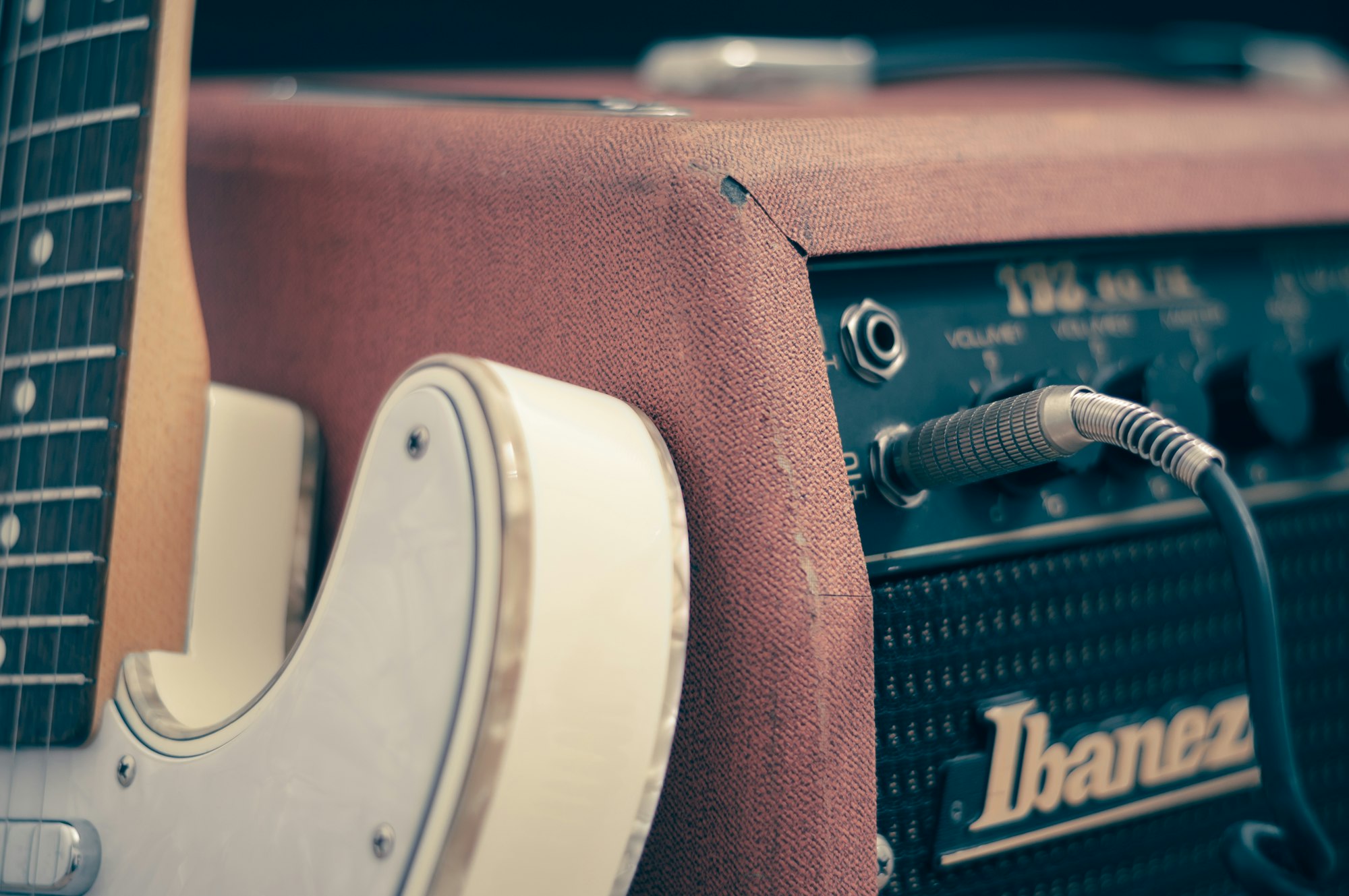

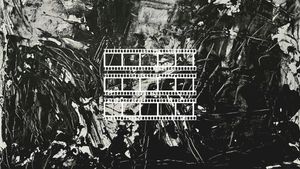
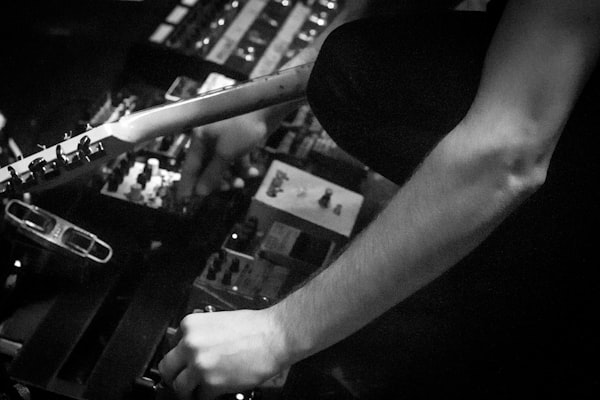
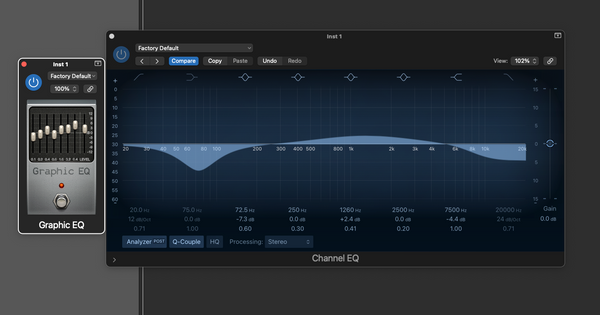
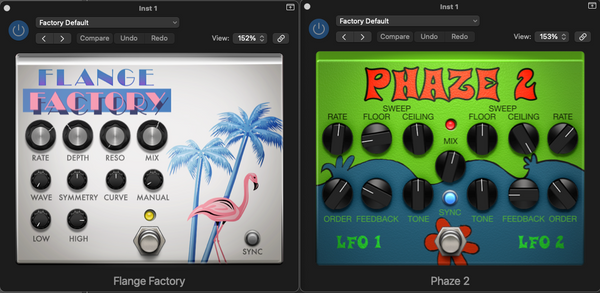

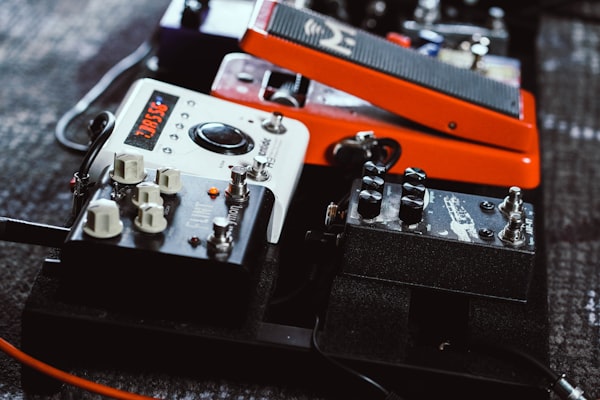
Member discussion